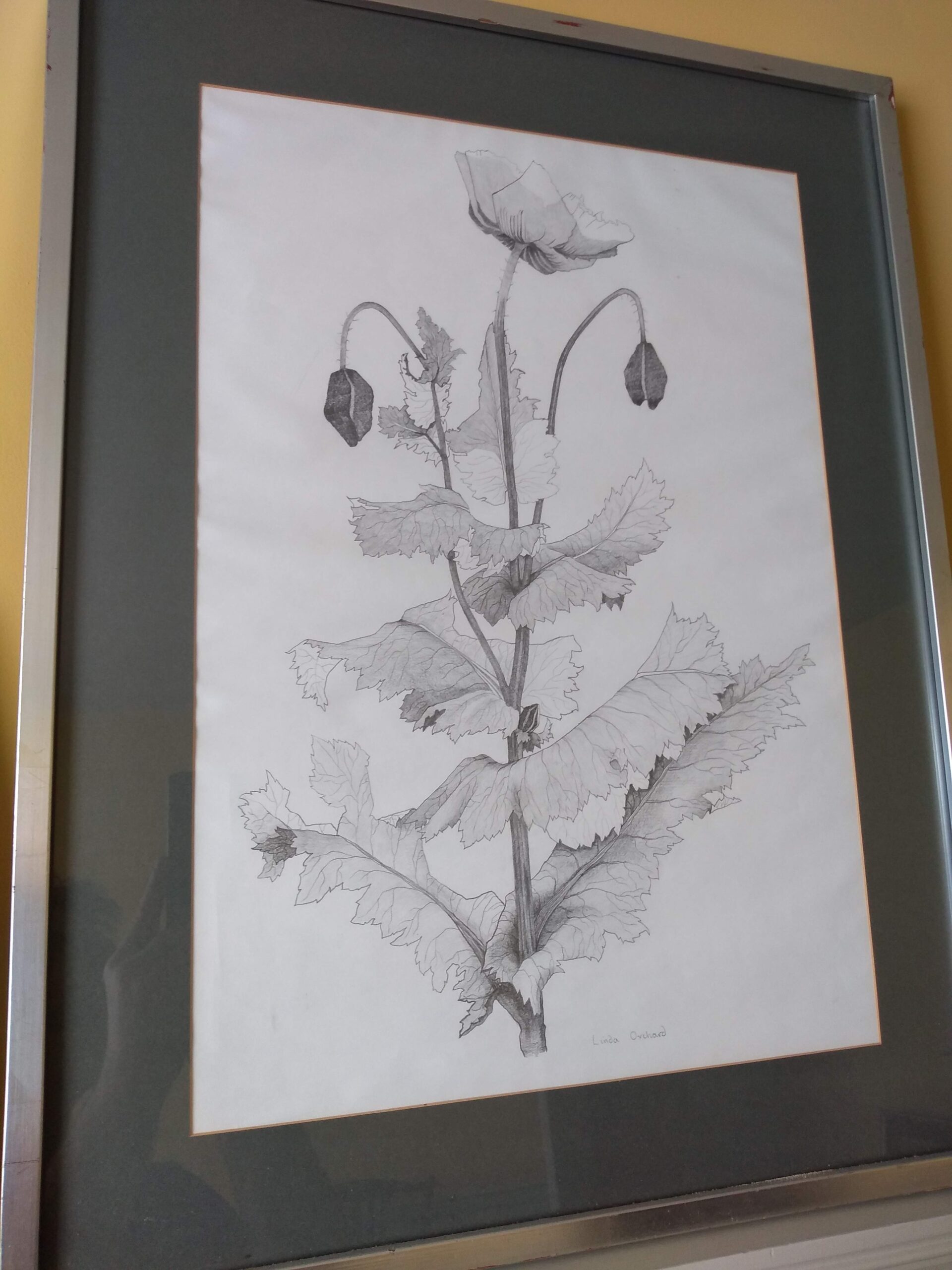I was once showing artwork to a client who liked my artwork, but did not like to pay for it. Having short-listed some pieces for final consideration the client suggested that the cost was too high, because their 4yr old child could design one of the pieces selected- a smart ‘simple’ texture.
Rather that be insulted, I just removed the piece from the decision process, based on the unspoken pressumption that the client would be relying on a skilled 4yr old. A few minutes later, the client changed their mind.
Comments like this are rare, but I am often told by adults that they cannot draw, and are not ‘good at art’ because their childhood art teacher told them they were talentless.
This is the kind of comment that does incense me, because everyone can draw. If the notion of what qualifies as ‘good’ , and who has the talent to be ‘good’ could be so easily defined, how would Art change and develop?
How one draws, and what range of skills one has can be of an endless variety if one is taught how to develop those skills….and less so, if not. Claiming that success depends solely on talent is also an easy way to undermine the hard work of artists.
I was fortunate enough to be encouraged to draw as soon as I could pick up something that could ruin the lower reaches of the hall wallpaper, or melt down the back of a radiator. My Mum had specialised in English and Art at teacher-training college, so not only kindly provided lots of tools to get messy with but she is also very tidy, so kept a lot of the early output neatly glued into a scrapbook.
As I grew older, favourite subjects would be ‘people with strange-shaped heads’, ‘very square buildings ‘ ‘dinosaurs’ and ‘ volcanoes’. Xmas and birthdays began to be synonymous with a gift of a large set of felt-tipped pens, or a craft kit. (more about these another time)
My Mum could be sometimes be found drawing plants, and so when I was about 7years old she showed me how to draw. We cut a rose from the garden, and looked at it. This is the essental part of drawing that many people fail to do. They guess what something looks like, rather than interpret something they have actually seen. Instead of a red blob on a green line, with some green leaf shapes attached my Mum drew my attention to the form, shape and texture of the stalk, leaves, and bloom. We looked at how a shape changed, depending on the point of view, and how different areas were lighter and darker.
Unfortunately, I don’t have that drawing, but I do have one of my Mum’s created around the same time.

So pencil and paper became my drawing materials of choice. So much so that my primary school teacher , Mr Bell, wrote in my end-of-year Report: “…tends to concentrate on grey a little too much for my liking-I would like to see him become a bit braver with his use of colour.”
The talented , velvet-jacketed, Colin Bell had been a student teacher in the Psychedelic late 1960’s. He introduced our class of 10yr olds to The Beatles, King Crimson, The Jabberwocky, and Animal Farm, so I am not sure anything would have been colourful enough for his taste. But this was not a teacher who told people what they couldn’t do, this was a teacher who encouraged them to be brave.

So whilst any 4yr old child can draw, it is the ones who keep drawing, keep exploring, keep learning and keep being brave with colour, who can offer more choice, more variety and are willing and able to take on new challenges.
Next time on Design Feature: The Lady in Red

